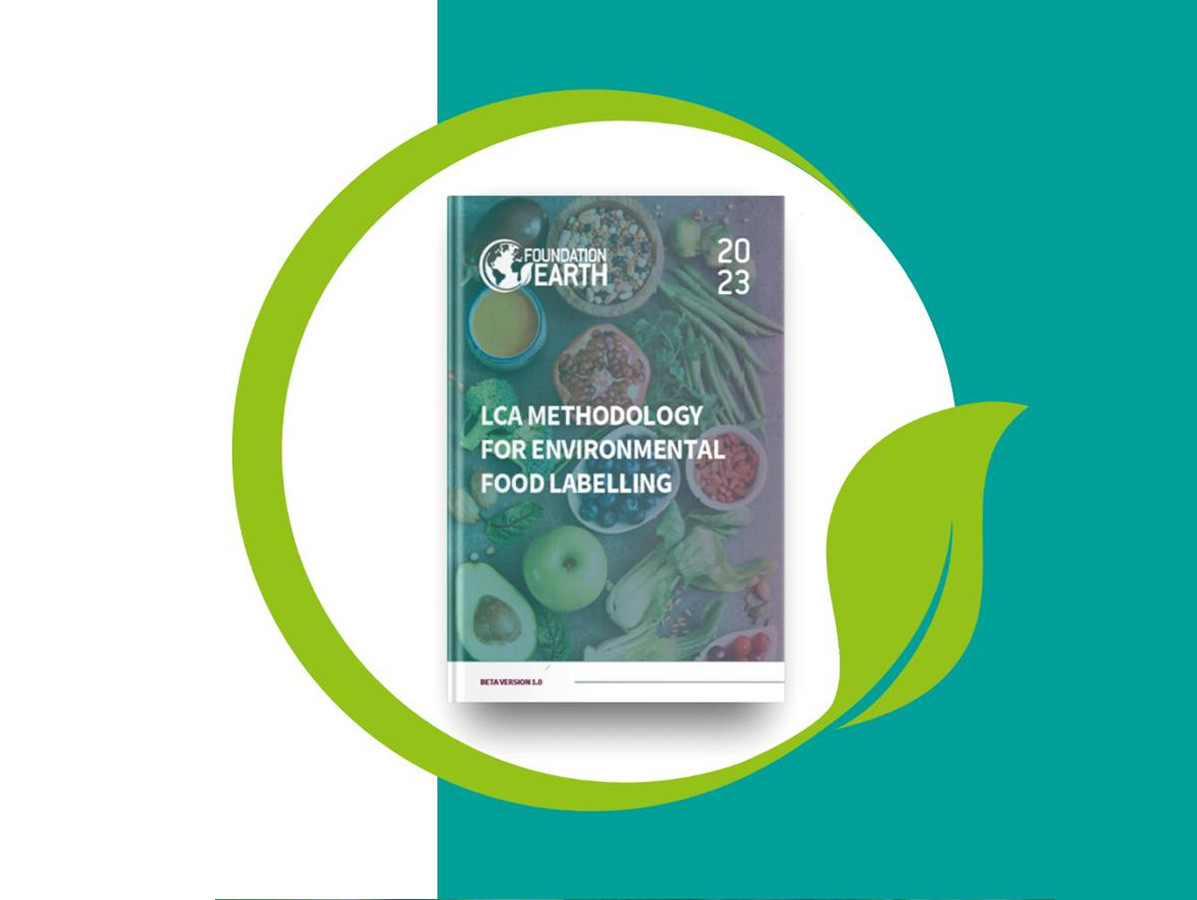
Foundation Earth recently published a new method to assess the environmental impact of food and drink products.
The methodology, which proposes an improved version of the European Commission’s Product Environmental Footprint (PEF) marks a huge milestone in the world of ecolabelling, bringing us one step closer to harmonised system that can be used across Europe and beyond. The new Life Cycle Assessment method, is going open source to increase transparency and allow for large uptake globally.
The method proposes a robust and data-driven environmental scoring system which allows for the comparison between different food chains producing the same type of food, enabling businesses to transform their food systems to reach sustainability targets, whilst providing consumers with the clear and credible information needed to make more sustainable buying choices through ecolabels.
Although widely accepted, the existing PEF system has been associated with some challenges, the two main barriers being:
The Foundation Earth method addresses these weaknesses and offers substantially improved levels of information over the previous PEF system, providing clear guidance for the delivery of standardised PEF assessments.
The updated method allows for the assessment of the 16 environmental impact indicators under PEF including: Climate change, Ozone depletion, Human toxicity (cancer), Human toxicity (non-cancer), Particulate matter, Ionising radiation, Photochemical ozone formation, Acidification, Eutrophication (terrestrial), Eutrophication (freshwater), Ecotoxicity (freshwater), Eutrophication (marine), Land use, Water use, Resource use (minerals, metals), Resource use (fossils).
The new methodology in short:
The new method is developed in collaboration with Blonk Consultants, DIL German Institute of Food Technologies (Deutsches Institut für Lebensmitteltechnik e.V.) and supported by EIT Food.
Source: Foundation Earth